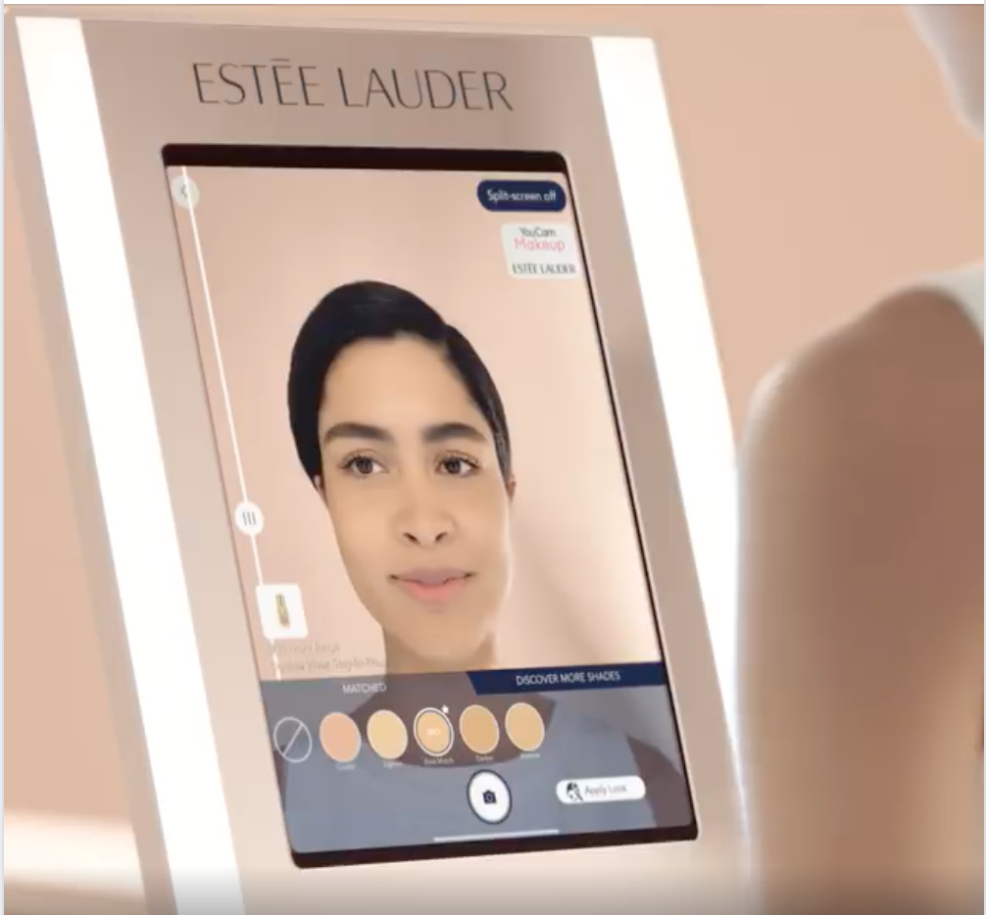Partners in Digital Experience: Srijan and the Future of Voice and AR

Collection :
The modern digital experience ecosystem cannot be confined to individual technologies, moments or channels. Where digital marketers once prioritized website traffic or time-on-page as key indicators of how well they were reaching their audience, the scope of customer experience has exploded beyond just web content. Today’s marketers need to measure both on-screen and off-screen buyer journeys to work toward a more complete vision of the customer experience. Gartner’s decision to eliminate their Magic Quadrant for Web Content Management earlier this year further underscored the pressure on companies to mold their experiences around evolving customer expectations.

Acquia recently spoke with the Digital Experience Director with Srijan Technologies, North America, Gaurav Mishra, about how Srijan delivers and optimizes contextual digital experiences for every industry including media, travel, retail, real estate and healthcare. “In the digital world now, so much of the customer experience is happening beyond websites. Brands need to focus on the customer journey across all channels from messaging apps to chatbots to displays and voice assistants,” Gaurav said. As the lines between individual channels blur, global brands need to start thinking about customer experiences holistically and focus on stronger content delivery and contextualized digital experiences.
Executing Omnichannel Content Experiences
Optimizing multichannel experiences requires brands to design intuitive, seamless content that spans each of their individual channels. “Brands make the mistake of thinking that to perform well on a certain channel they need to create an entirely new content strategy, but they actually need to think strategically and holistically about how they can repurpose and reuse the content in many different contexts, whether that be voice, mobile or web,” said Gaurav.
Srijan leverages Drupal 8’s flexible API layer and open content management system to tailor content to multiple formats and channels. Decoupled Drupal lets teams focus on integrating content and delivering highly scalable solutions as new platforms arise, rather than constrain them to a single channel. Using a decoupled Drupal architecture gives enterprises the flexibility to build dynamic content experiences that are stored in a single repository and can be deployed across any interface. This freedom to innovate is essential as some of the more traditional channels, such as email or text messaging, are no longer as effective in attracting new consumers as they once were.
A few years back, “mobile-first” and “mobile-only” were the rallying cries for many brands as they worked to optimize content for a smartphone-driven market. However, as more channels crop up every day, mobile has become an oversaturated and highly expensive field to compete in. “A big shift in the marketing world right now is that people are not looking at mobile as a customer acquisition strategy anymore,” said Gaurav. Having a brand app used to be a novelty; however, today’s consumers are more selective about which apps they’ll install to their devices, meaning brands need to first establish relationships with people through other ways before they download. “Mobile is no longer as valuable as a pre-sales strategy, but it’s great for customer retention and stickiness,” Gaurav explained. “Once you’ve engaged a customer and made them care about your brand, you can drive further interactions by offering them new content and deals via an in-app promo.”
Voice Search Optimization: The Fight for Position Zero
And it’s not just our phone storage space that’s limited. Faced with unlimited choices, customer attention spans are shorter than ever, and brands are tasked with designing fast, relevant content that gets right to the heart of what a customer wants. To craft instantaneous, customer-centric experiences, the new frontier for marketers to master is voice.
In an era of instant gratification, voice search removes all the intermediate steps in the journey between a problem and the solution. Rather than pulling up a webpage, typing in your query and clicking through various results, users now speak their request and receive a single answer. Google displays this top result directly in a Featured Snippet on its homepage known as Position Zero (P0).

Achieving a Position Zero rank is a golden opportunity for brands to get ahead of the competition. However, optimizing content for voice requires creating conversational content that mimics natural human language rather than written commands. Customers who interact with voice technology speak as they would to real humans and often rely on these devices in location-specific moments while disconnected from physical screens. For example, someone may ask, “Where can I get Italian food?” on their drive home from work.
To make voice-accessible content, digital marketers should leverage long-tail keywords and location-specific opportunities that reflect a user’s real-time needs. With voice, there isn’t an array of different links and related pages for people to consider, so brands must deliver the total experience upfront. “The attention span in the voice world is seven seconds. So if you are not given the answers in a few seconds, you’re going to lose that connection completely,” warned Gaurav.
The challenge for brands is how to extract the essential information from a huge customer dataset and package it in a contextual way that addresses individual queries throughout the customer journey. For example, Gaurav noted a case where Srijan developed a voice search strategy with a regional hospital. The client saw a major boost in search traffic when they structured their content to suit specific concerns, such as what foods they can eat if they have a specific disease.
“These are the questions real people are actually searching for. It’s about identifying those particular requests for information and tailoring the content to be easily discoverable,” he explained. When someone interacts with a voice assistant, they’re motivated by action, not education. They don’t want to wade through a huge array of general information, they want an immediate and personalized solution.
How Beauty Brands Use Augmented Reality

One industry leading the way in real-time, multichannel experiences is beauty. Srijan has worked with brands such as Johnson & Johnson and Estee Lauder to transform the beauty buyer experience through augmented reality (AR) and virtual reality (VR) technologies that merge in-store and online customer interactions. The use of virtual mirror technology empowers customers to see how products look on their own skin at home or through in-store digital kiosks, increasing basket size, reducing product returns and post-purchase regret. The growing popularity of virtual mirrors and AR makeup apps lets brands collect valuable data on everything from a person’s skin tone, sensitivities, preferences and past purposes, meaning they can better suggest new products and boost sales.
“As we move toward an experience- focused view of the world, I don’t know a single brand that isn’t paying attention to how they can better control and leverage their customer data,” said Gaurav when explaining how Srijan leveraged Drupal’s open source, decoupled capabilities to educate beauty employees by offering a more holistic view of the customer journey through providing engaging Digital content, gamification and micro learning. Through a digital platform that combines their online customer database and physical store presence and serves relevant content to employees in “micro moments” associates can act as trusted advisors to customers and provide personalized recommendations based on their past purchase history. “These global enterprises are rolling out new products every week and they need to keep learning what is the best fit to recommend. Drupal makes it easy to capture this data and offer these services in a centralized learning platform,” Gaurav said. Brands that will succeed in a global, omnichannel ecosystem understand that they need to aggregate their customer data and draw insights from it in real time. “Every brand wants to understand who they’re talking to and capture these conversations in context. Personalization is a necessity right now, and if you don’t control your data on every channel, you’re going to go out of business.”
